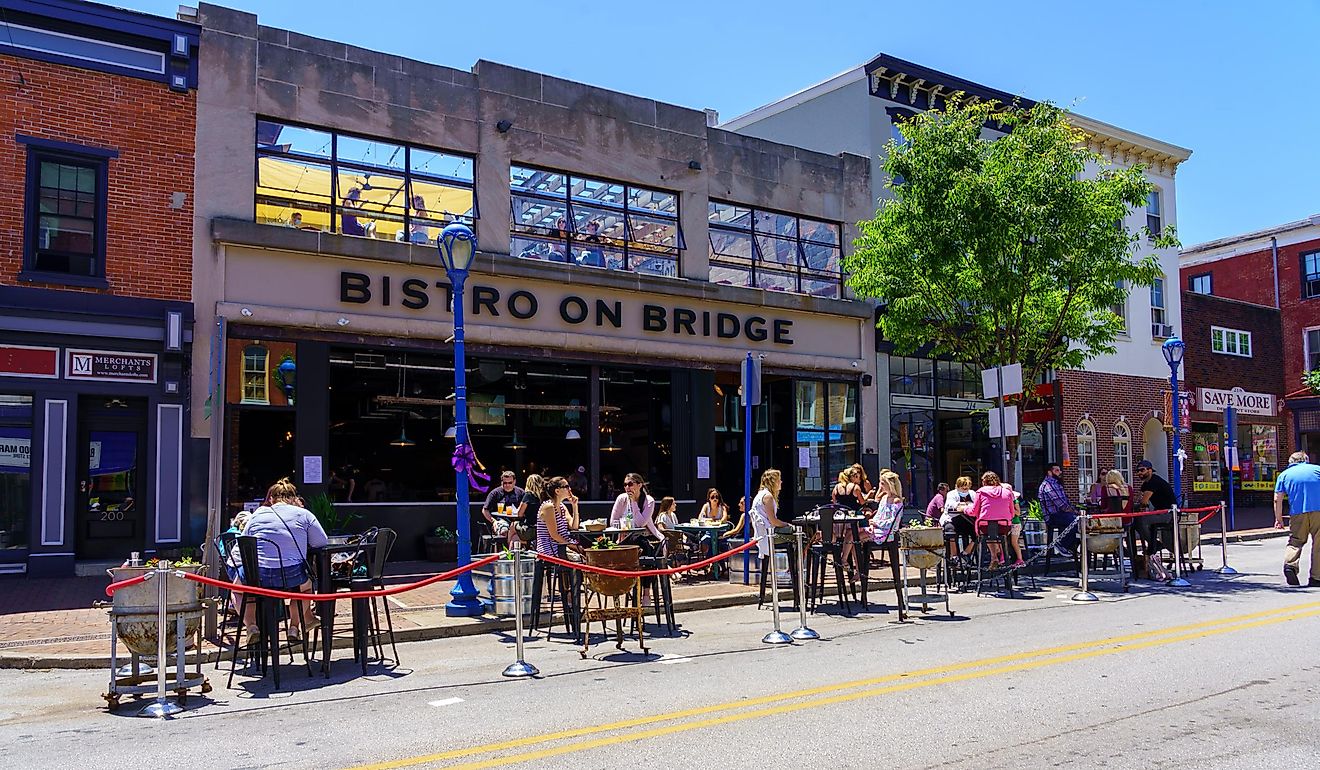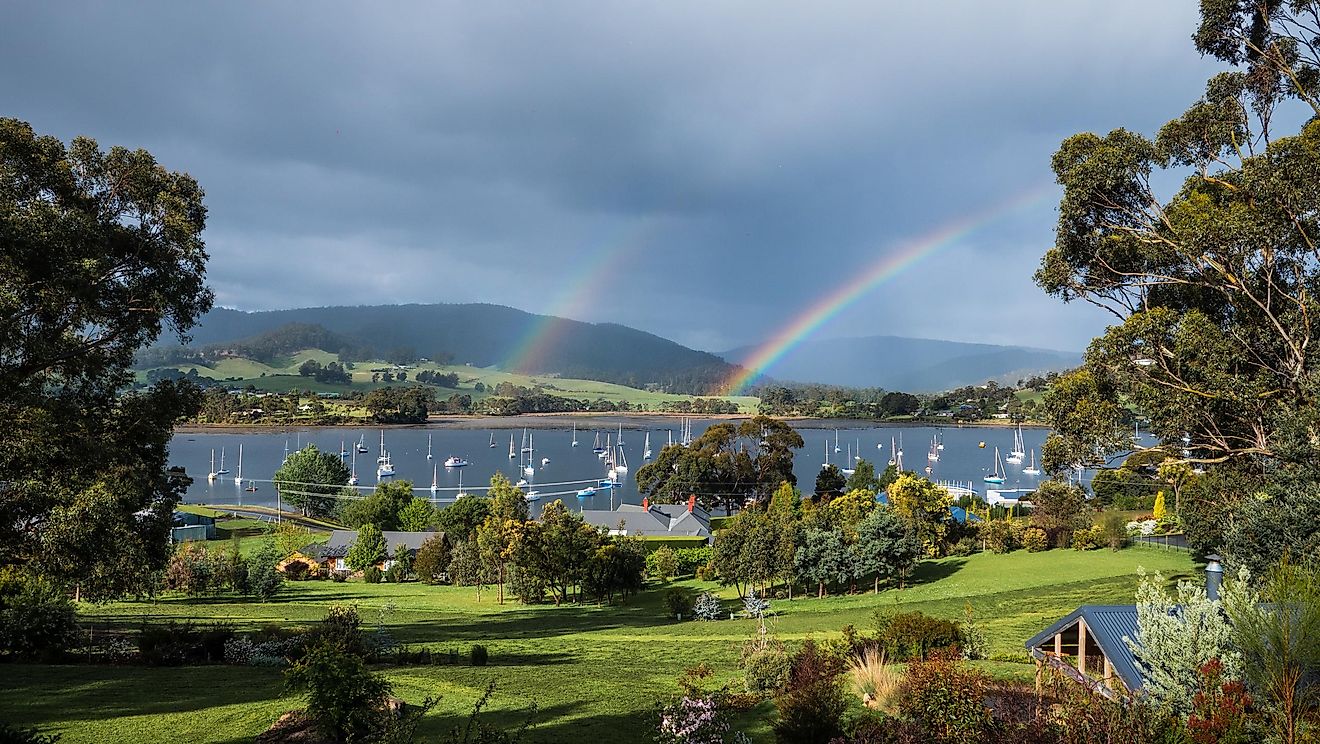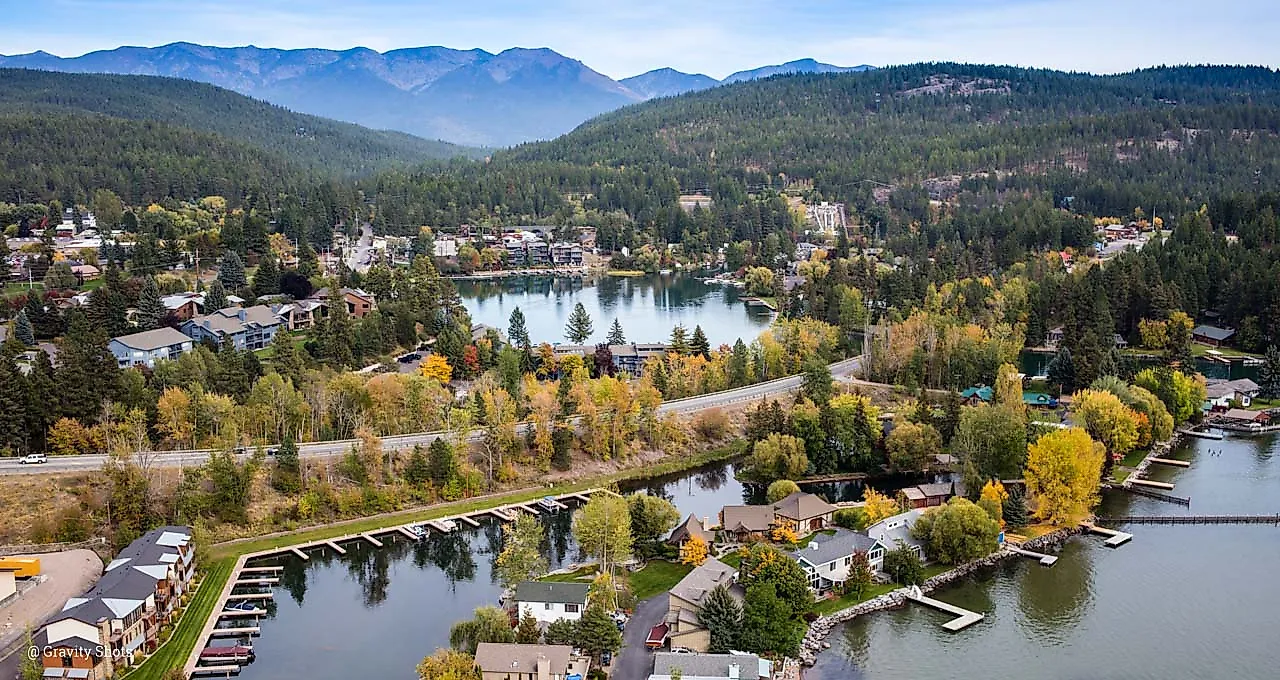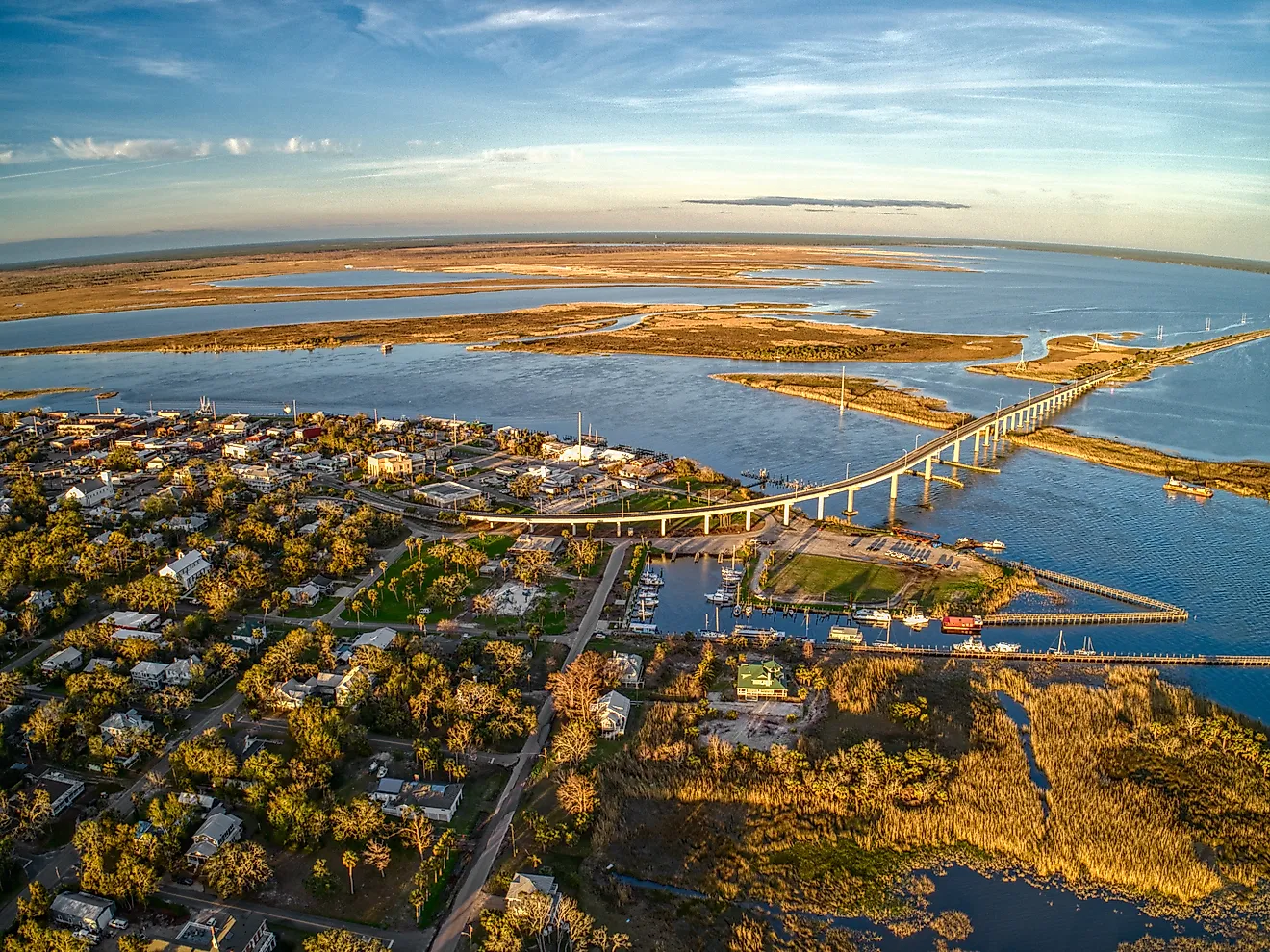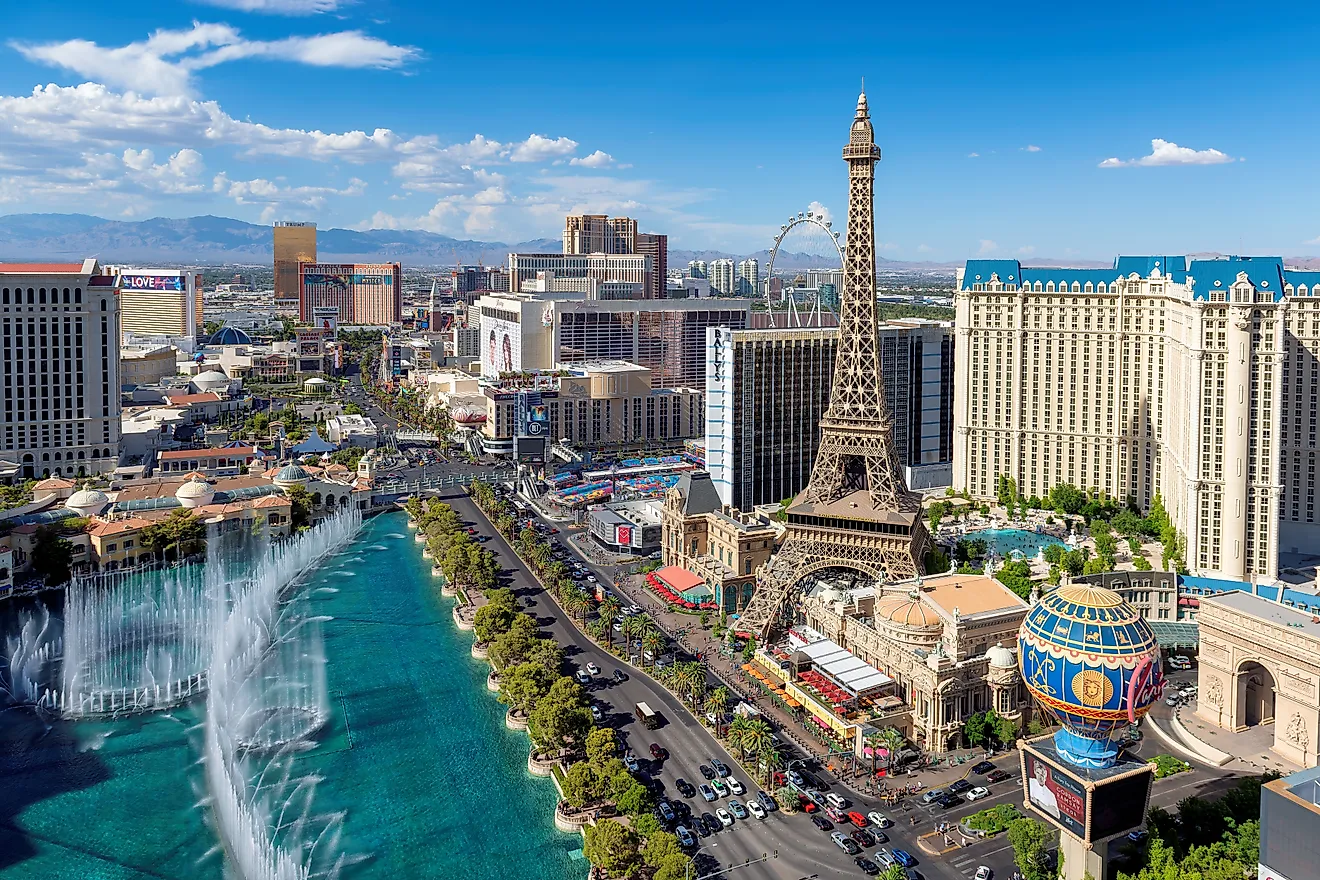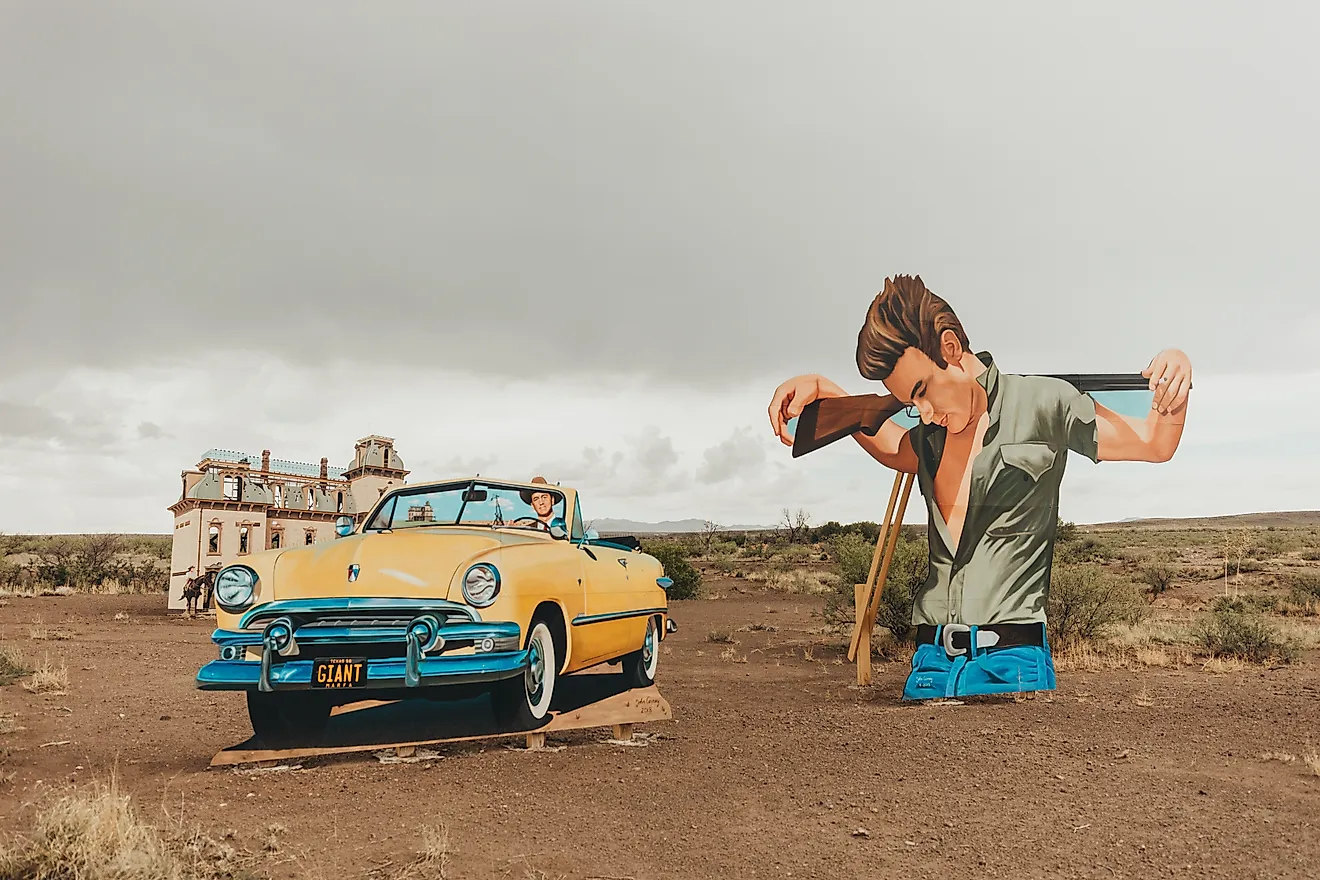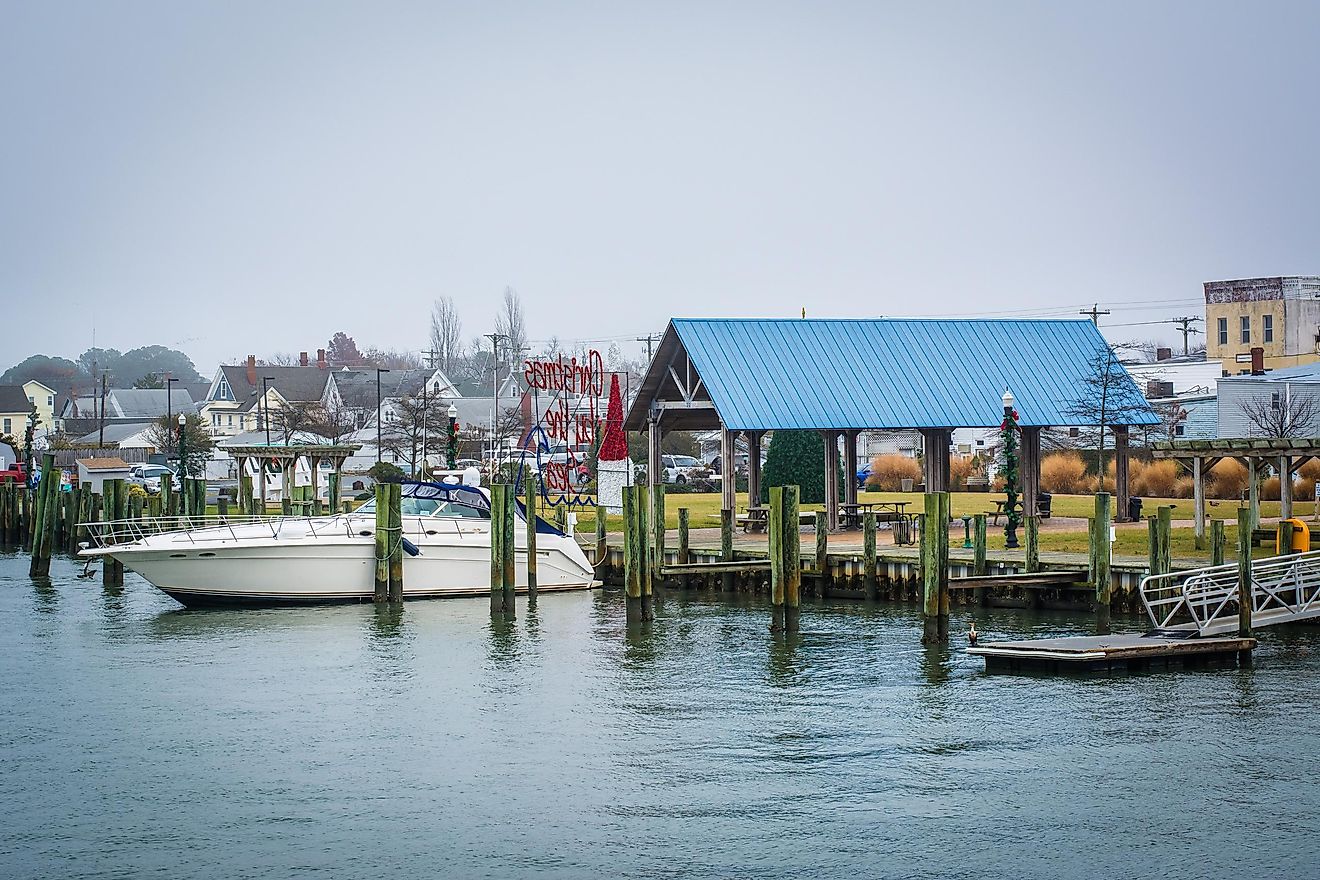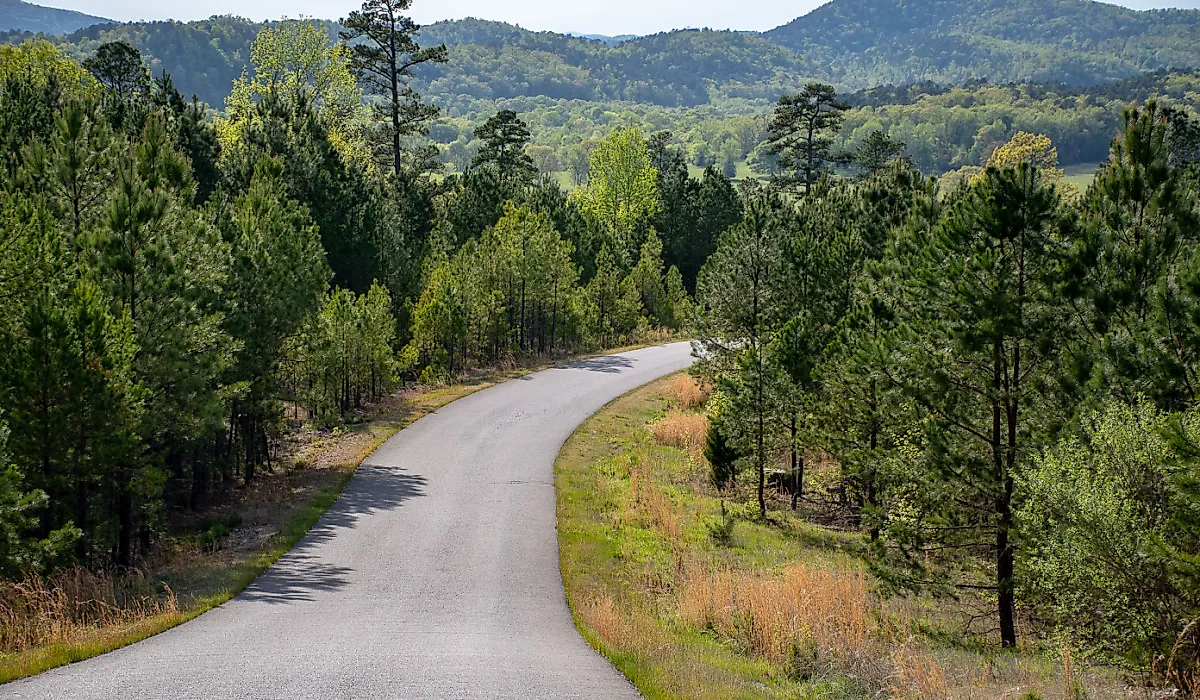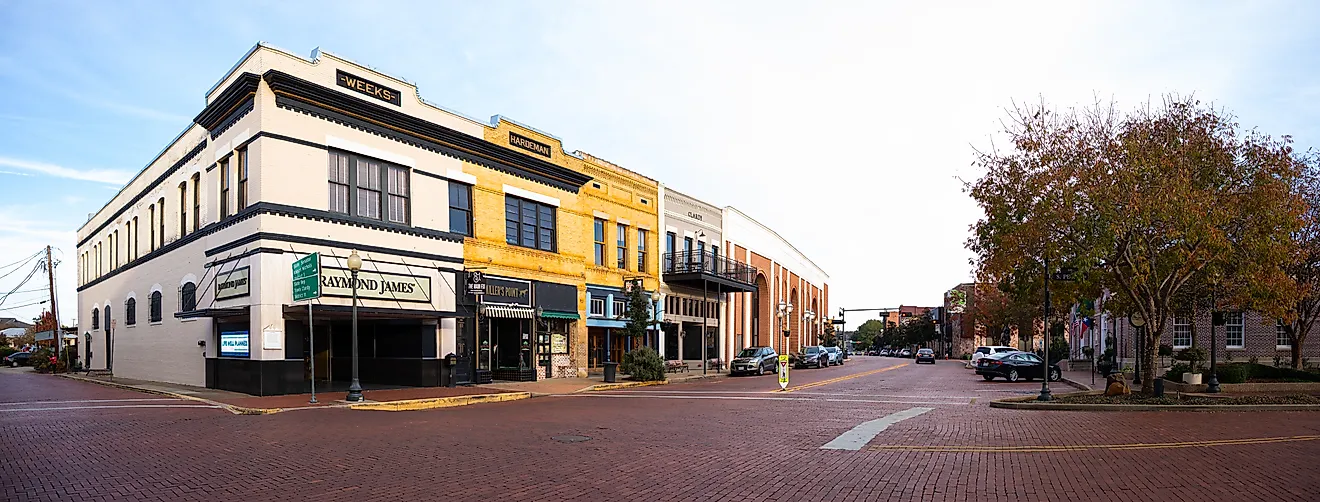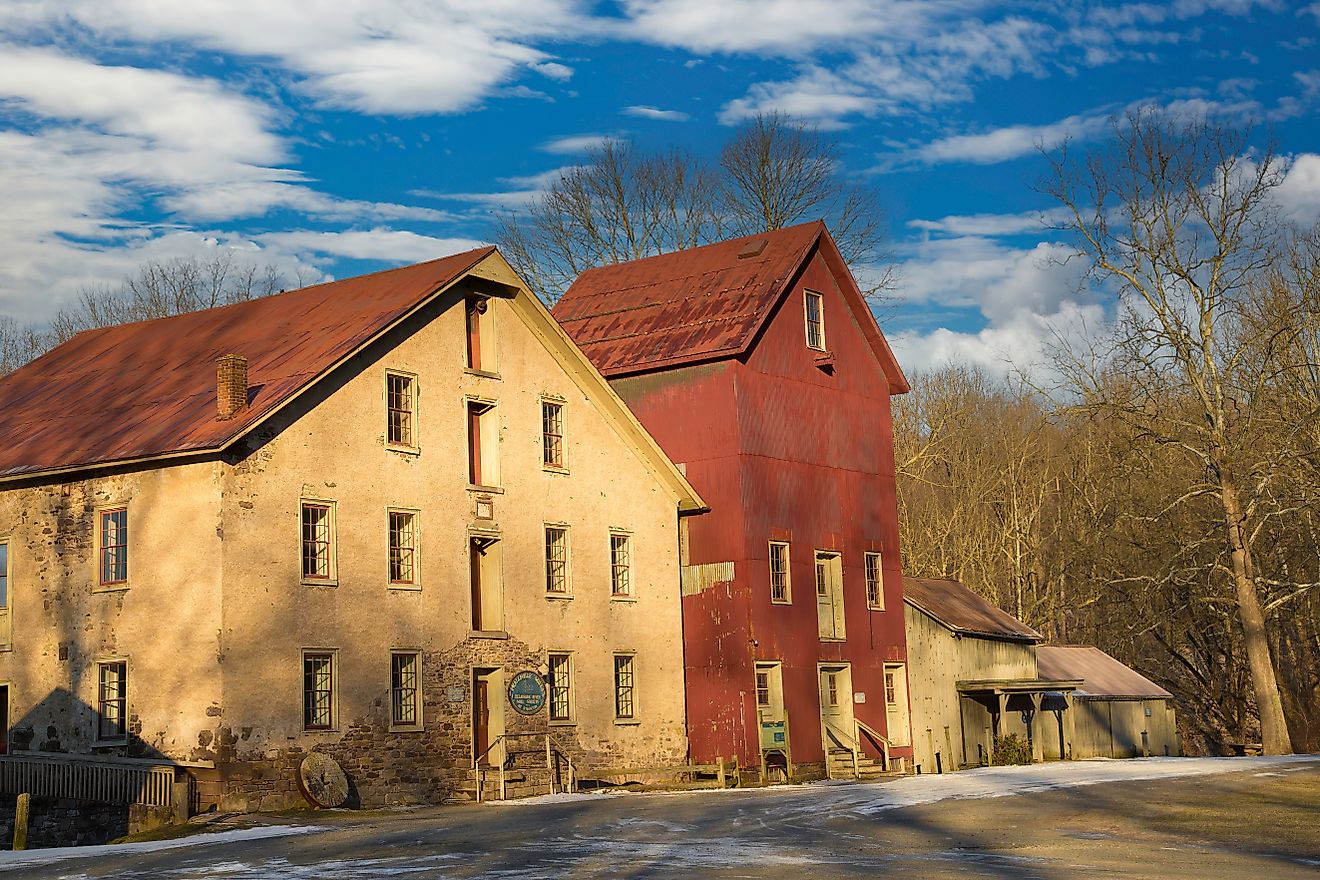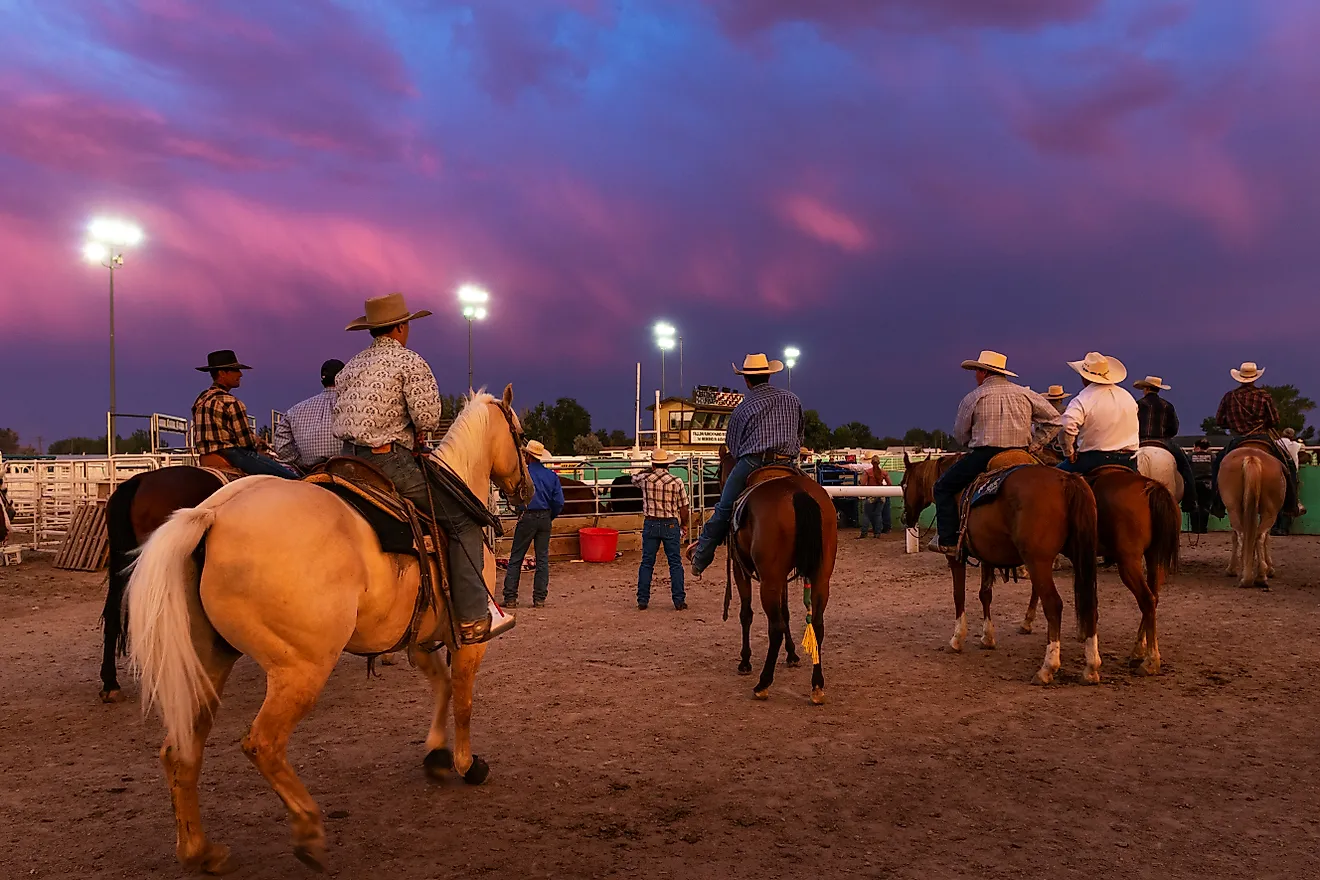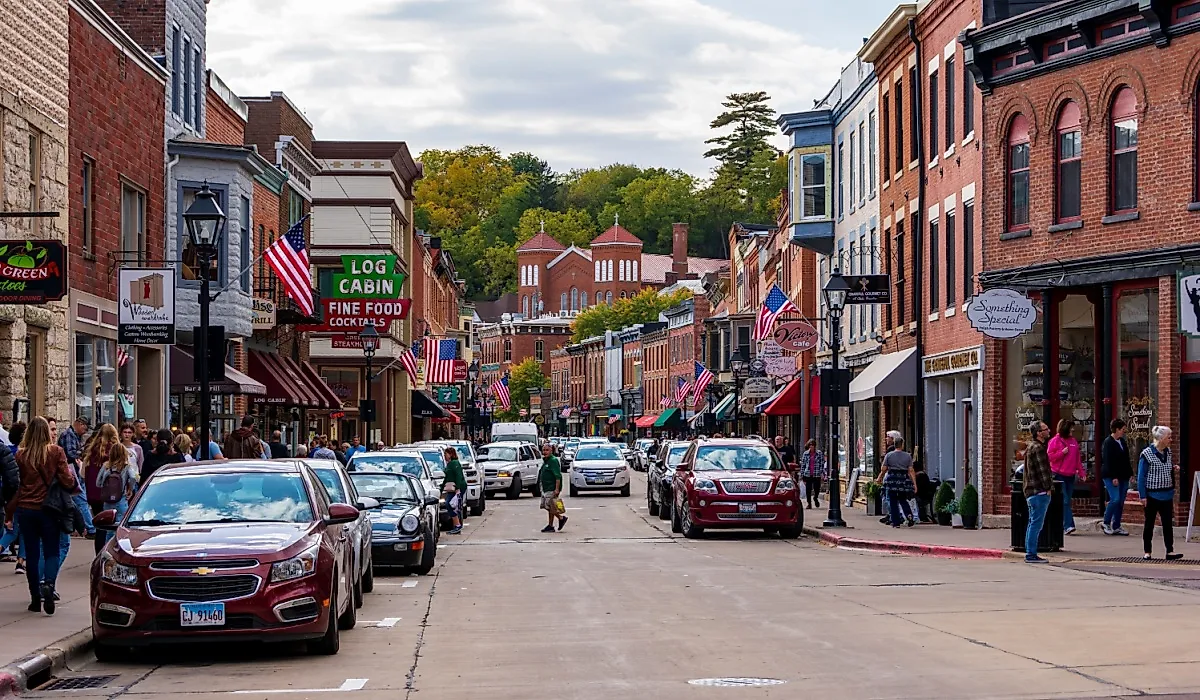
8 Best Small Towns In Illinois For A Crowd-Free Summer
If summer were measured in decibels, these eight Illinois towns would barely move the needle, leaving room for cicadas, paddle splashes, and the thunk of a horseshoe. Scattered from Driftless bluffs to Mississippi levees, each spot offers the weathered charm of a 19th‑century main street without the festival crush of better‑known neighbors. You’ll trace the curve of the Galena River beneath limestone ridges, sip rye where steamboat captains once traded ledgers, and bike a canal towpath so quiet you’ll hear bullfrogs before you see them.
Think of this guide as an anti‑congestion roadmap: eight waypoints with scarce parking meters, cell signal occasionally wavers, and bragging rights hinge on spotting an eagle rather than beating a reservation queue. Even at mid‑July midday, you can find an empty bench outside a courthouse cupola or a shaded patch beneath black‑walnut trees along the Rock River. Load the cooler, cue up some John Prine, and leave the crowd to Chicago’s lakefront; Illinois keeps its quietest summers tucked between the cornfields.
Galena
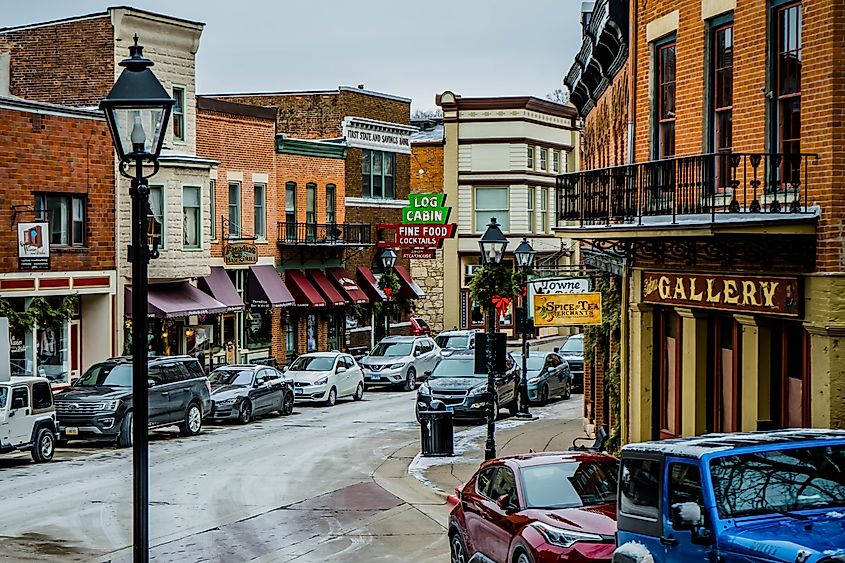
Galena’s entire core is built into a steep river valley that ice sheets never touched, making it one of the only places in Illinois with true elevation change. The result is a preserved 19th-century town built on limestone ridges, with narrow brick streets, stair-stepped neighborhoods, and a skyline of church spires and cupolas. Over 450 buildings date back to the 1800s. The town was once Illinois’ busiest port after Chicago, known for its lead mining and steamboat trade. Ulysses S. Grant returned here after the war and lived in a two-story Italianate brick home that still stands on Bouthillier Street.
The Galena & U.S. Grant Museum displays original river charts, native Ho-Chunk tools, and early maps of Jo Daviess County. At Horseshoe Mound Preserve, a short path leads to stone overlooks facing the Mississippi and the Iowa bluffs. Just down the hill, Otto’s Place serves buttermilk pancakes and chorizo hash in a two-story corner building with wraparound windows. Galena Cellars Winery operates a Main Street tasting room as well as a vineyard just east of town, where small groups picnic under shaded pergolas on weekends.
Ottawa

Ottawa sits at the fork of the Fox and Illinois Rivers, where limestone bluffs rise behind 19th-century warehouses and courthouse towers. It was the site of the first Lincoln-Douglas debate in 1858, an event still commemorated in Washington Square Park with bronze statues and plaques. The town’s industrial past is visible in the red-brick grain elevators and railroad trestles along the riverfront, but much of the summer activity happens at the edges of town, where sandstone cliffs, trails, and floodplains draw hikers and paddlers from the region.
Just west, Buffalo Rock State Park has a quiet bluff-top trail with views of barge traffic and prairie below. Skydive Chicago operates out of a private airfield north of town, offering tandem jumps over the Illinois River Valley from 13,000 feet. Starved Rock State Park is fifteen minutes away, with shaded canyons and seasonal waterfalls that hold cool air well into July. In town, Tangled Roots Brewing Company serves house-made lager and pulled pork nachos in a restored turn-of-the-century department store. South of downtown, Allen Park stretches along the Illinois River with WPA-era murals and shaded benches, and it’s rarely crowded, even on weekends.
Dixon
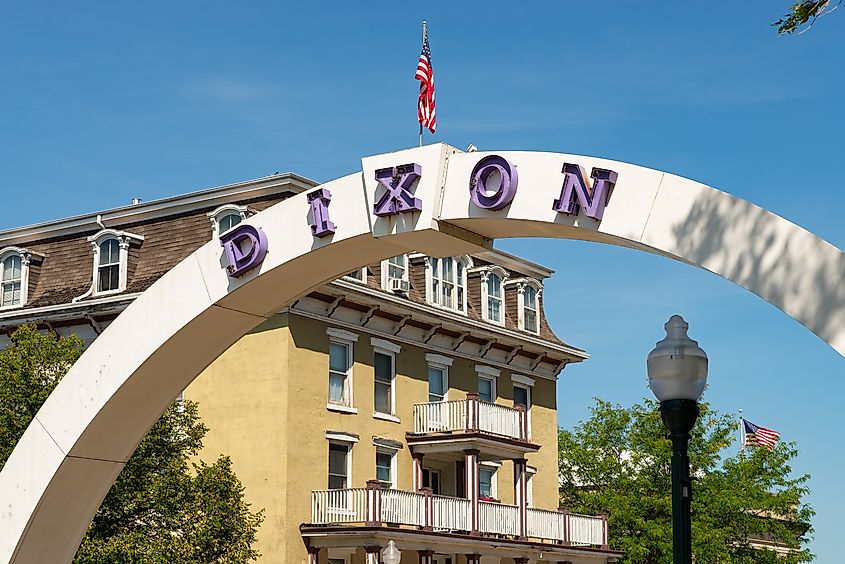
Dixon straddles the Rock River at a natural ford once used by Black Hawk’s band in 1832, and later by a young Abraham Lincoln during his militia service. Ronald Reagan spent his boyhood here; his bronze statue stands near the pedestrian bridge that links both banks. Unlike many river towns, Dixon kept its downtown intact, granite banks, Masonic halls, and mid-century storefronts line Hennepin Avenue in view of the river’s low dam. Freight trains still pass through, but traffic stays light and slow.
Lowell Park spans over 200 wooded acres along the river’s edge, with CCC-era pavilions and switchback trails shaded by walnut and oak. Dixon’s “Music on the Riverfront” series brings small crowds and folding chairs to the Heritage Crossing stage every Friday night from June through August. Books on First, an independent shop with a café and quiet booths, opens early for coffee and egg croissants on First Street. North of town, the Dixon Historic Center, inside a restored schoolhouse, displays Reagan family letters, WPA paintings, and a replica 1930s classroom.
Woodstock
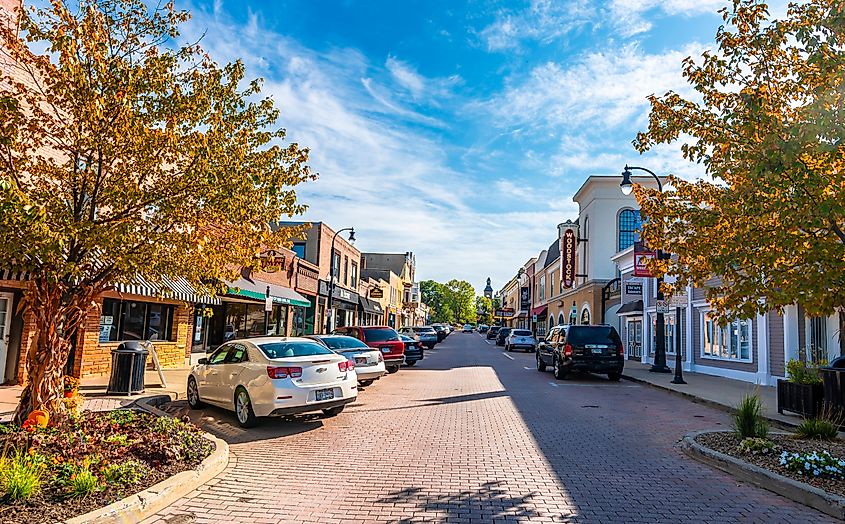
Woodstock’s downtown square was the filming location for Groundhog Day, but its connection to Orson Welles runs deeper. The director spent his youth here at the Todd School for Boys, where he wrote and staged his first plays. The Old Courthouse Arts Center, once McHenry County’s limestone government seat, now shows local and regional art upstairs while the ground floor houses Public House, a gastropub in the former jail. On weekends, the square hosts the Woodstock Farmers Market with local cheeses, duck eggs, and porch-grown tomatoes, sold under shade trees and iron balconies.
Emricson Park stretches just west of downtown with ball fields, shaded trails, and Water Works, a pool complex open from Memorial Day to mid-August. The 26-mile Prairie Trail passes through town on its way north to the Wisconsin border and connects with the nearby wetlands of Pleasant Valley Conservation Area. Ethereal Confections operates a bean-to-bar chocolate shop and cocktail lounge just off Main Street, offering bourbon truffles and smoked old-fashioneds until late.
Princeton
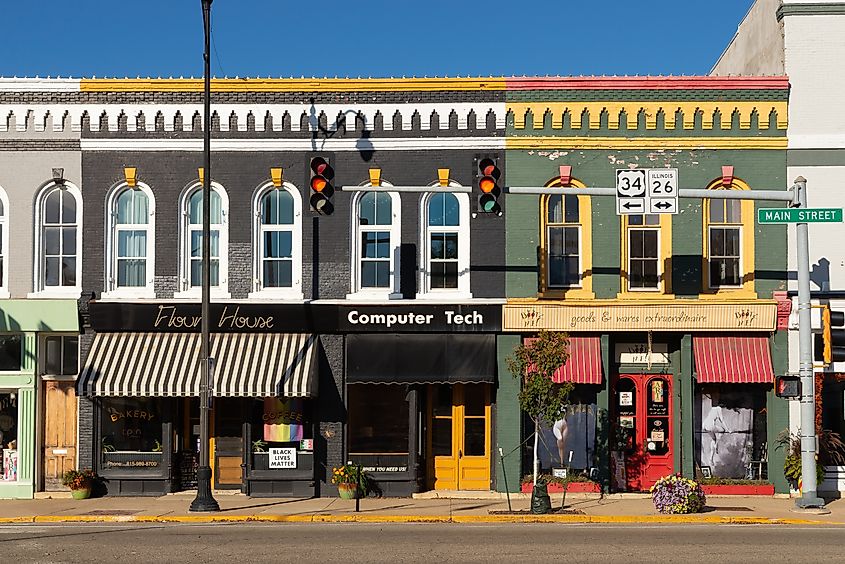
Princeton’s north and south halves were settled by different railroad companies, leaving it with two distinct business districts, each with its own Main Street and block-long stretches of 19th-century storefronts. The town was a stop on the Underground Railroad, and the Owen Lovejoy Homestead, now a museum, still shows the crawlspace used to hide freedom seekers in the 1850s. The Red Covered Bridge, one mile north, was built in 1863 and still carries car traffic across Big Bureau Creek. It remains one of the few active covered bridges in Illinois.
The Hennepin Canal Parkway Trail runs west of town with shaded limestone paths for biking and birding; herons, muskrats, and painted turtles are common along the water’s edge. Festival 56 stages repertory theater every summer at the Grace Performing Arts Center and holds outdoor performances of Shakespeare in Soldiers and Sailors Park. On summer Saturdays, the Down on Main concert series brings regional acts to an open lot on North Main where food trucks park beside a restored grain elevator.
Nauvoo
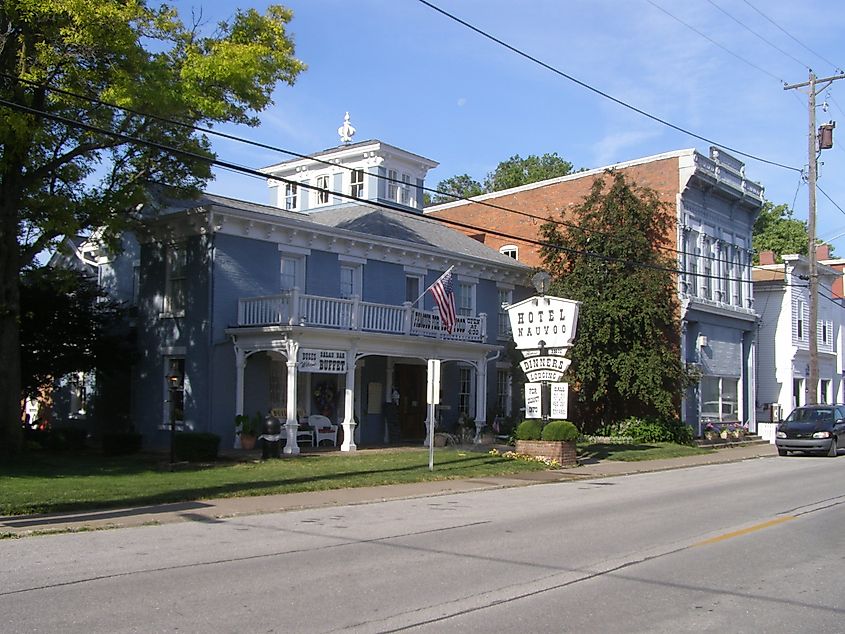
Nauvoo sits on a horseshoe bend of the Mississippi River, where Joseph Smith led thousands of Latter-day Saints in the 1840s before their forced migration west. At its peak, Nauvoo rivaled Chicago in population. The rebuilt Nauvoo Temple now towers above the town, modeled on original blueprints and constructed with local limestone. The streets below it follow the same 1840s grid. Historic Nauvoo includes over 30 restored structures, smithies, bakeries, and brick homes, operated by missionaries in 19th-century dress who give free demonstrations without crowds.
Nauvoo State Park stretches to the river and includes an active vineyard and wine tasting room run by Baxter’s Vineyards, established in 1857. On weekends, small groups picnic by the lake or walk the shaded trail to the Pioneer Saints Cemetery. The Nauvoo Pageant and British Pageant run nightly on an outdoor stage in July and early August, performed by rotating casts with pioneer-era hymns and choreographed wagon scenes. Hotel Nauvoo serves buffet dinners in a 1841 stone inn once used as a Mormon boarding house; the kitchen still follows recipes from the 1940s.
Mount Carroll
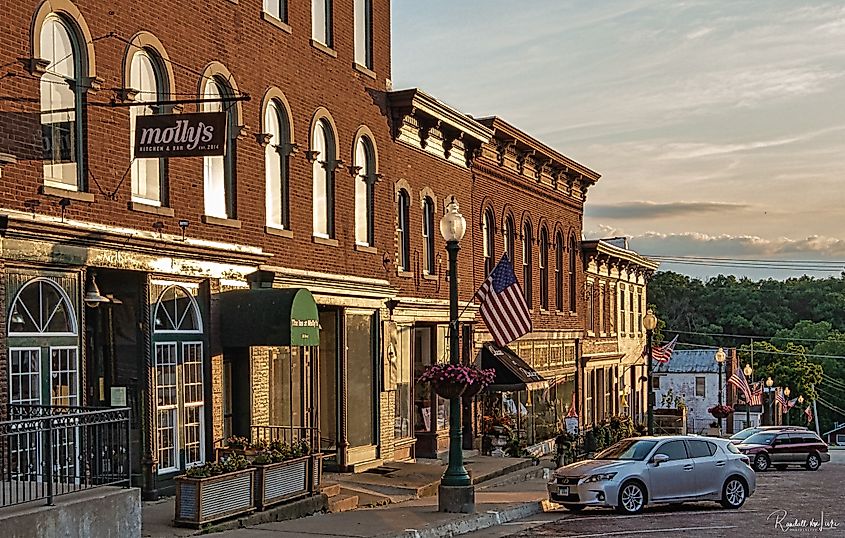
Mount Carroll’s downtown sits almost unchanged since the 1880s, with stone alleys, brick storefronts, and cast-iron balconies preserved by geography and lack of sprawl. The town's historic district is on the National Register of Historic Places. Its hilltop location kept it safe from floods, and its isolation helped protect its buildings from demolition. Shimer College operated here for over a century before moving in 2006; its ivy-covered campus remains, now used by a writers’ retreat and art groups. In summer, the town draws small, steady crowds to Timber Lake Playhouse, Illinois’ oldest semi-professional theater, built in a stand of oaks two miles east of town.
The Raven’s Grin Inn sits at the edge of downtown, open year-round, with improvised tunnels, welded sculptures, and deadpan tours led by owner Jim Warfield, who has lived in the house since 1987. Point Rock Park, just west of town, follows Carroll Creek and includes hiking trails, river access, and a natural amphitheater used for occasional concerts. Molly’s Kitchen and Bar serves pork chops and brown butter trout in a narrow storefront with pressed tin ceilings and antique display cases.
Fulton
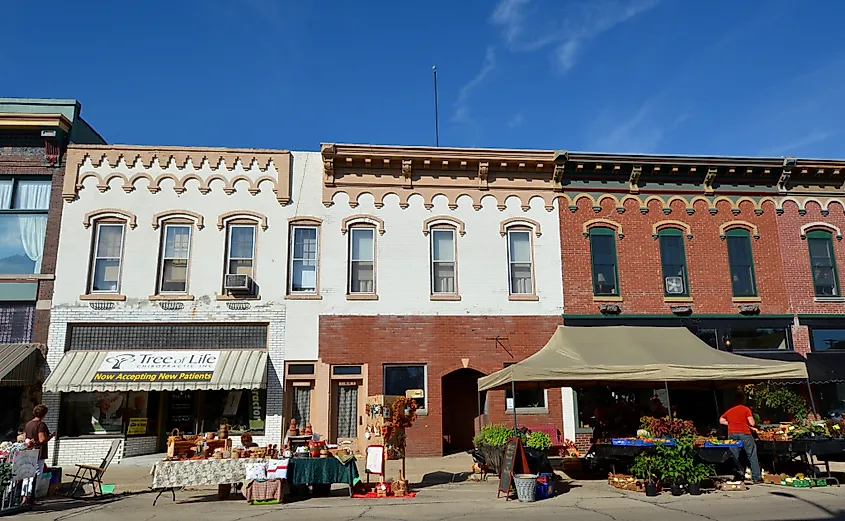
Fulton’s Dutch heritage defines its riverfront. The town maintains an authentic 1850s-style windmill, de Immigrant, built in the Netherlands and reassembled on a dike above the Mississippi. It grinds grain using original stone burrs and stands beside the Windmill Cultural Center, where exhibits trace the development of milling across Europe. In spring and summer, tulips bloom in rows behind the levee, and volunteers in Dutch dress explain the mill’s inner workings. Across the street, the Martin House Museum holds Civil War letters, Victorian medical tools, and early Dutch immigrant records from the 1840s.
A paved segment of the Great River Trail passes directly beneath the windmill, running south past Heritage Canyon, a reconstructed pioneer village on a wooded bluff above the riverbank. Each cabin was moved from the surrounding area and rebuilt on-site with limestone and timber. Picnic tables and walking paths follow the canyon rim. Fulton’s Steam Anchor Coffee and Café serves cold brew and breakfast burritos inside a former print shop near 4th Street. Behind it, city-owned Riverview Park holds summer car shows and small music events under cottonwoods. Even on weekends, the levee path stays empty. Most of the traffic comes from passing barges and the occasional cycling group.
Illinois hides its gentlest summers in the gaps between cornfields and river bends. From Galena’s limestone ridges to Fulton’s windmill dike, these eight towns prove a vacation can trade crowds for conversation and still deliver history, trails, and honest food. Load the trunk with bikes, binoculars, and a second cooler; the roads between them are short, the parking free, and the silence wide enough to remember why you traveled here.
